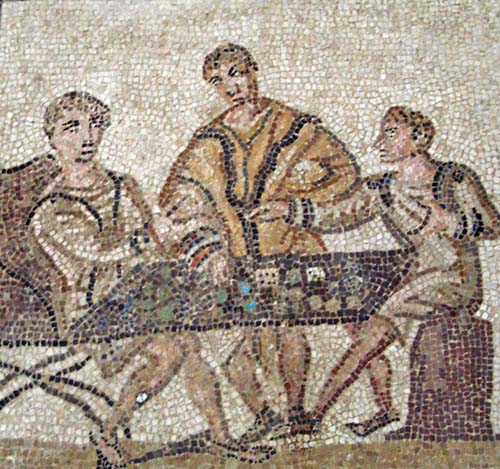
361-363 ACE) and the divine Iamblichus (c. Hellenic Faith is a website dedicated to Julian Hellenism, a reformed denomination of Hellenism, the polytheistic religion of the Graeco-Roman world, influenced by the teachings and writings of Julian the Philosopher (r. Roman Religion – The Saturnalia (Smith’s Dictionary, 1875).“Saturnalia.” NOVA ROMA Dedicated to the restoration of classical Roman religion, culture and virtues. “Neo polytheist.” A Pagan Christmas in High Summer. It celebrates the bounty contained in Roman grannaries, and feasts happen on this day. It is dedicated to Rhea (Ops in Latin), Goddess of Earth & fertility. Opalia takes place on December 19 and can be considered part of Saturnalia. The interjection io (Greek ἰώ, ǐō) is pronounced either with two syllables (a short i and a long o) or as a single syllable (with the i becoming the Latin consonantal j and pronounced yō). It is a festive greeting, traditionally spoken during the season. The phrase “Io Saturnalia!” is a characteristic salutation of the festival, originally commencing after the public banquet on the single day of 17 December. Trees weren’t brought indoors, but rather decorated where they grew.
#Saturnalia meaning windows
Most decorations involved the color green- swathes, garlands and wreaths of holly and evergreens being hung over doorways and windows and ornamenting stairs, candles, decorations of stars and sparkly, metallic ornaments, etc – Ornaments in the trees included solar symbolism, stars, and faces of the deity Janus. There are numerous offerings that might be appropriate to Him, both connecting to His role as an agricultural deity, and one that could fit in the context of His mythology: Unlike any other day, one doesn’t need to veil their head when engaging in sacrifice, though it is still recommended. One should make an offering (perhaps olive oil) to Kronos on this day. The holiday is a time of merrymaking, so take joy. Very importantly, philanthropy is also practiced, as it is a time of charity. Parties and gambling tends to also be common, most particularly games played with dice. Gatherings of friends and loved ones happen during this time. Feasting is also an absolute necessity eat a delicious dinner and, if at legal age, enjoy good wine. One could swap roles with other members of their family, perhaps by dressing up as one another. Since the theme of Saturnalia is liberation, a trend in Saturnalia is disrupting rules and social hierarchies.

Saturnalia is a time of giftgiving, and the exchange of gifts between loved ones (such as friends and family) is widespread. It is a celebration of liberty, and in the ancient world Saturnalia would be a joyous time for slaves, where they would enjoy much more freedom. As such, Kronos also embodies prosperity and wealth. As the name implies, it is dedicated to the deity Kronos, who looks over agricultural bounty and in mythology overlooked a golden age of plenty, when crops grew without human toil, and humanity lived in harmony with nature and one another. It is an occasion for celebration and visits to friends and loved ones.


The history of Saturnalia began with the dedication of the Temple of Saturn in around 498 BCE, one of the oldest religious sanctuaries to have been built in Rome. The dies natalis (anniversary) of the dedication of the temple was celebrated on December 17, but became such a popular celebration that it was extended to three days, and then to an entire week during the Imperial period, from December 17 to 23. Catullus describes it as “the best of days” (Catullus Poems, XIV). The Saturnalia is the most popular holiday of the Roman year. The festival of Saturnalia begins December 17 and lasts until December 23, coinciding when the divine sun enters Capricorn, the traditional astrological house of Saturn. Saturnalia (also called Kronia) is a week-long festival in honor of Kronos (Latin: Saturn), the God of Agriculture, that celebrates liberation and freedom, including the freeing of the soul into immortality.


 0 kommentar(er)
0 kommentar(er)
